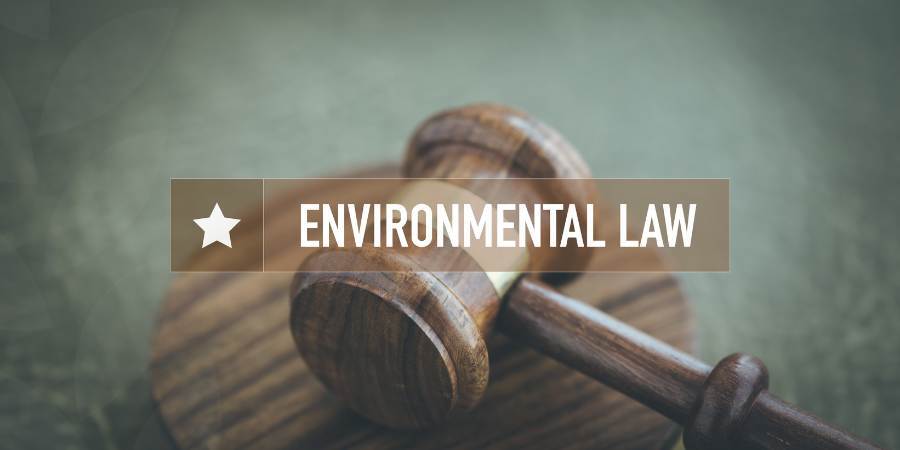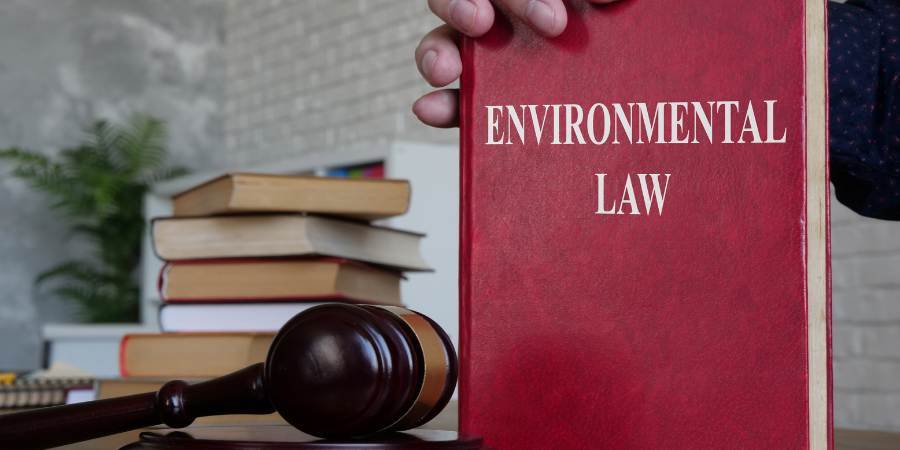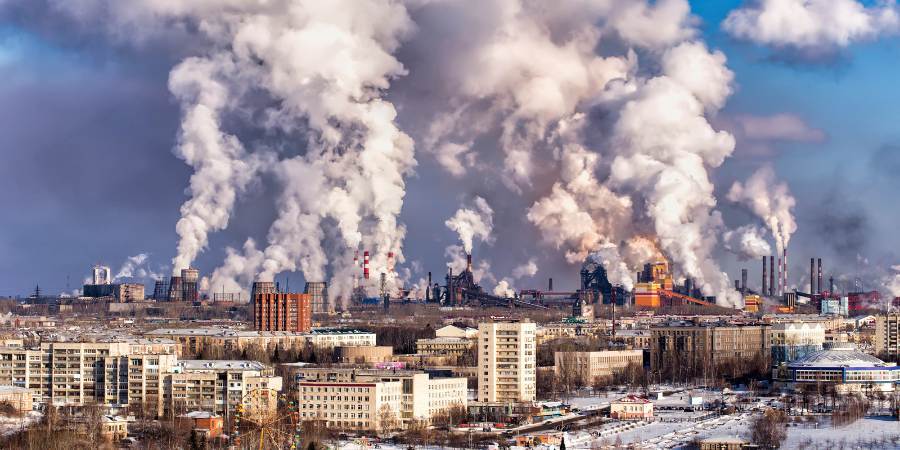The planet is in trouble. Climate change, biodiversity loss, water scarcity, air and water pollution, soil degradation, and conflicts over natural resources are some of the major environmental challenges that threaten our survival and well-being. These challenges are not only ecological, but also social, economic, and ethical. They affect our health, security, justice, and dignity. They also undermine our human rights and responsibilities.
But there is hope. We can save the planet with the power of the law. Law is a tool that can help us address the root causes and consequences of environmental problems. Legal Implication can help us balance our needs and interests with the needs and interests of other people and other living beings. The law can help us protect and restore the natural environment that sustains us. The law can help us achieve environmental sustainability.
In this blog post, we will explore what environmental sustainability is and its legal implications. We will discuss what environmental law is, why it is important, how it works, and what challenges it faces.
What is Environmental Sustainability?
Environmental sustainability is the ability to maintain an ecological balance in our planet’s natural environment and conserve natural resources to support the health and well-being of current and future generations. It is a social goal that requires integrating environmental needs with the essential elements of the rule of law, such as accountability, transparency, participation, and justice. Environmental sustainability also reflects universal moral values and ethical norms of behavior and provides a foundation for environmental rights and obligations.
What is Environmental Law?
Environmental law is a branch of law that deals with environmental matters. It covers a wide range of topics, such as climate change, biodiversity conservation, waste management, pollution control, environmental impact assessment, environmental rights, etc.
Environmental law has two main functions: regulation and protection. Regulation means setting rules and standards for human activities that affect the environment. Protection means safeguarding the environment from harm or degradation caused by human activities or natural events. Environmental regulations and laws aim to achieve both functions by balancing competing interests and values in environmental matters.
Legal Implications for Environmental Sustainability
Environmental sustainability has important legal implications both within individual countries and internationally. Governments create laws and rules to protect the environment, preserve natural resources, and encourage practices that are good for the planet. These legal implications aim to take care of the environment for today’s and tomorrow’s generations.
Here are some of the main ways these laws affect environmental sustainability:
- Environmental Protection Laws: Many countries have laws that deal with things like clean air and water, handling waste, saving plants and animals, and protecting habitats. If someone breaks these laws, they can be fined or face other legal action.
- Climate Change Agreements: Countries all over the world agree on certain goals to reduce the pollution causing climate change. If they don’t follow these agreements, they might have problems with other countries and lose trust.
- Resource Management: Rules are made to control how we use natural resources like forests, fish, and minerals. They encourage us to use these resources responsibly by getting permits and following conservation laws.
- Environmental Impact Assessments (EIAs): Before big projects happen, like building a dam or a factory, we check how they might harm the environment. We then find ways to lessen the damage so it becomes more sustainable.
- Corporate Responsibility: Companies are becoming more responsible for their impact on the environment. Some places have laws that make companies report on their pollution and show how they’re being eco-friendly.
- Liability for Environmental Damage: When someone or a company causes harm to the environment, they may have to clean up the mess or pay for the damage they’ve done.
- Protected Areas and Conservation: Laws help create and manage places where nature is kept safe, like national parks and wildlife reserves. This helps protect animals and plants from being harmed.
- Green Taxation and Incentives: Governments can use taxes to encourage good environmental practices and discourage harmful ones. They may also give rewards to those who are eco-friendly.
- International Agreements and Treaties: International agreements promote environmental sustainability. Countries unite to address global challenges and protect the environment.
- Environmental Justice: These laws also care about fairness. They want to make sure everyone, especially people in poorer communities, isn’t unfairly affected by pollution and other environmental problems.
- It’s really important for all of us to follow these legal implications and support sustainability efforts. As more people learn about the environment, the laws will likely become even more significant in protecting our planet in the future.
Why is Environmental Law Important?
Environmental law is important for several reasons:
- It promotes and restores environmental quality and health through specific standards and criteria.
- Environmental law establishes guidelines to stop or lessen environmental harm from human activity.
- Environmental law ensures the fair and equitable distribution of environmental benefits and burdens.
- It supports sustainable development by balancing economic, social, and environmental dimensions.
How Does Environmental Law Work?
Environmental law works through different methods, including:
- Legislation: This means creating and enforcing laws related to the environment. Governments and lawmakers make these rules to protect nature and limit harmful activities.
- Regulation: Government agencies enforce the laws by setting specific rules and standards. They monitor and make sure people and companies follow these rules to prevent harm to the environment.
- Negotiation: Instead of going to court, parties involved in environmental conflicts can talk and find compromises. This way, they can work together to solve issues without going through a legal process.
- Litigation: If there’s a dispute or violation of environmental regulations and laws, it can be taken to court. Legal action helps seek justice and find solutions for environmental problems.
- Education: Spreading knowledge about environmental laws and their importance is crucial. The best LLB Colleges in Ghaziabad teach students about environmental law and how to protect the planet.
What Challenges Does Environmental Law Face?
Environmental law faces many challenges in the context of environmental sustainability. Some of the main challenges are:
- Developing countries demand more assistance, while developed countries impose conditions on environmental performance.
- Environmental law must balance these diverse interests and ensure environmental justice and human rights are respected.
- Different groups, such as indigenous peoples, local communities, civil society organizations, corporations, and governments, have conflicting interests in the use and protection of natural resources.
- Environmental protection may face trade-offs or synergies with economic development, trade, security, and human health goals.
- Environmental law may need to harmonize with other legal regimes or institutions that have different norms and procedures for addressing environmental issues.
Conclusion:
Taking care of our planet is really important, and we can do that through environmental sustainability. Environmental law is like a helpful tool that sets rules to protect nature and make sure we use our resources wisely. Even though there are some challenges, if we all work together and follow these laws, we can make our world a better and greener place for everyone. Let’s take action now to protect our planet and all the living things on it.












